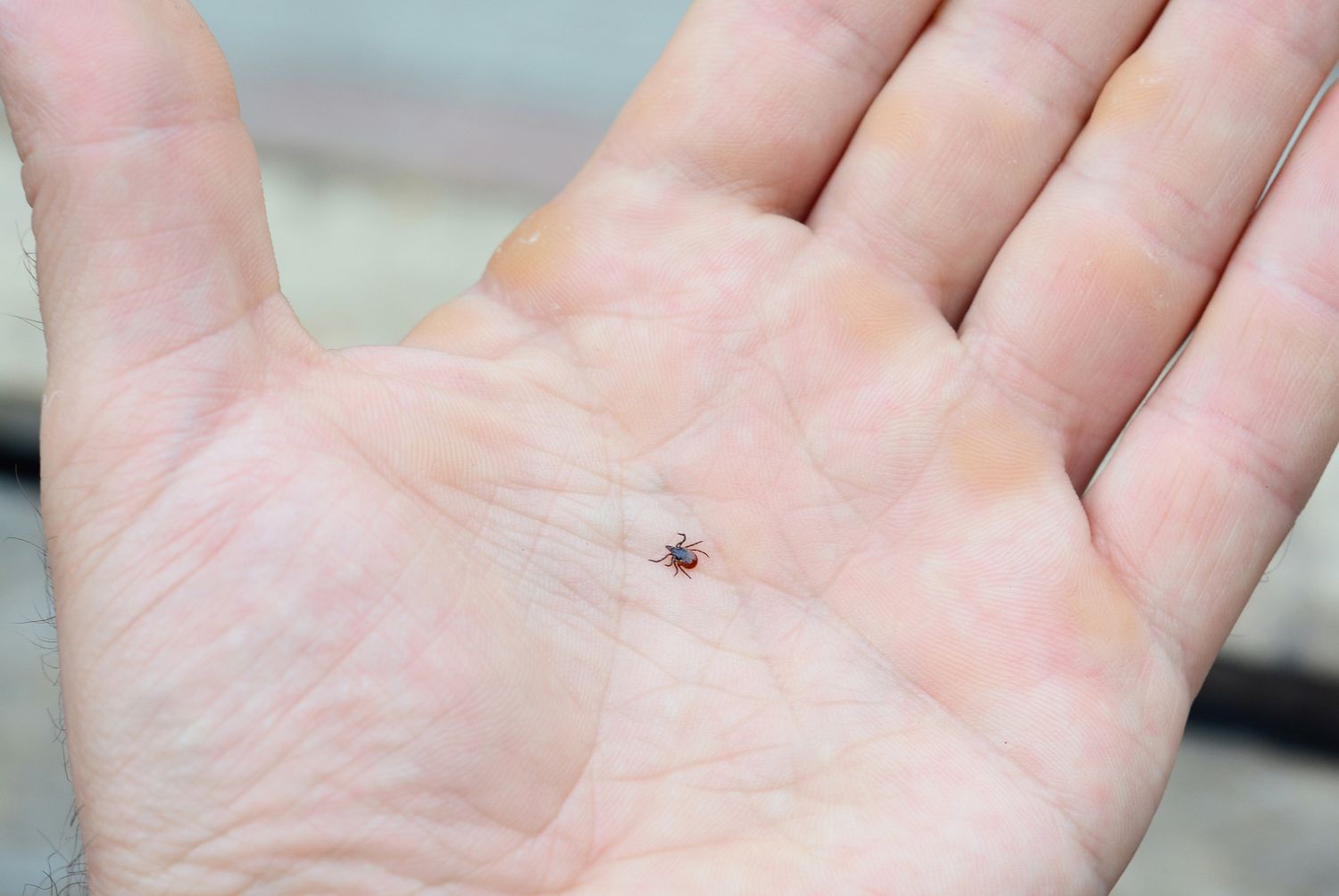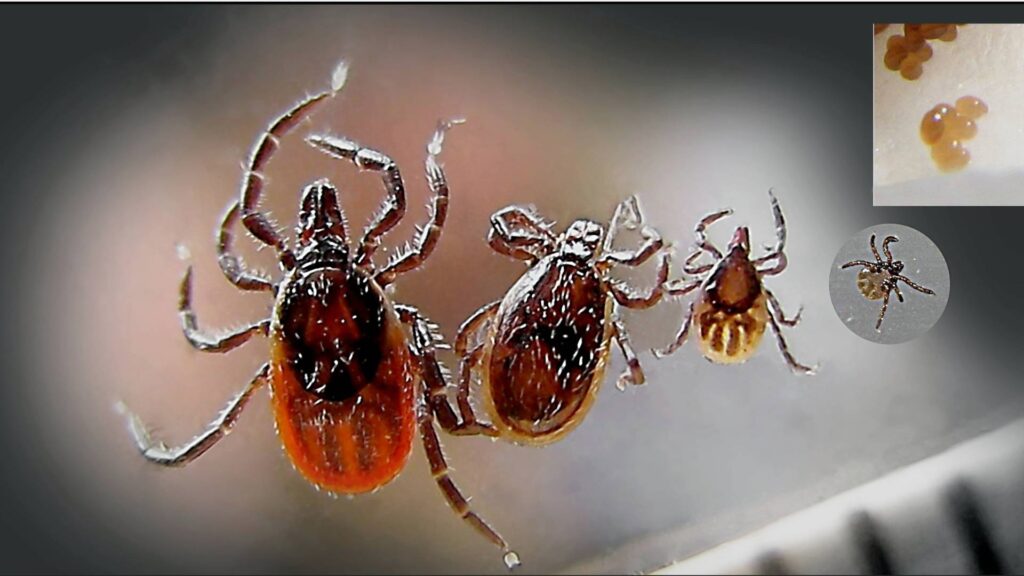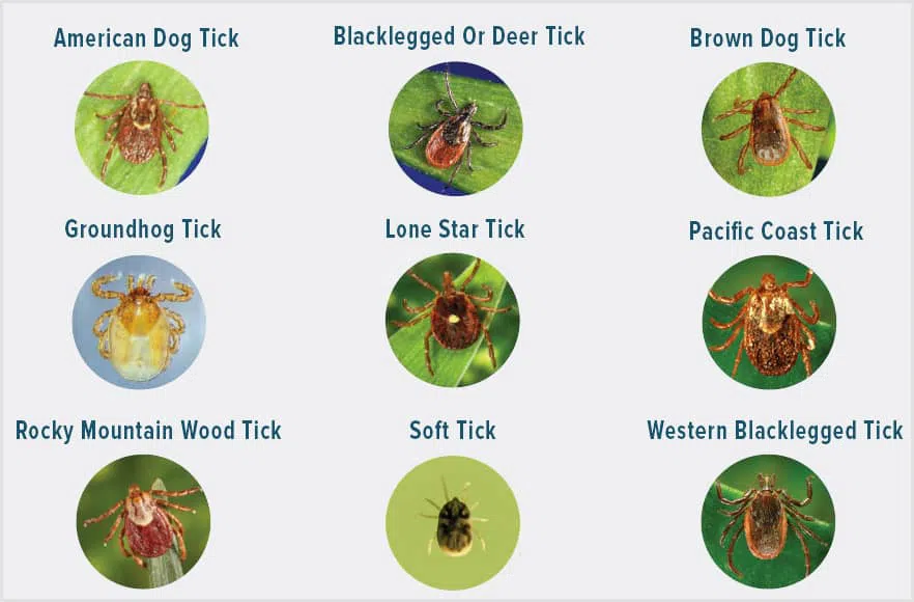Tick Treatments in Florida
Exterminator Services for Coral Springs, Margate, and Coconut Creek
Florida’s subtropical climate – featuring mild winters, high humidity, and steady warmth – not only appeals to residents seeking sun and recreation but also encourages various pests, particularly ticks. These tiny, blood-feeding parasites attach to animals (and occasionally humans), prompting itchy bites and, in some instances, potential illnesses if left unchecked. In places like Coral Springs, along with nearby Margate and Coconut Creek, controlling ticks swiftly remains vital to preserving occupant comfort, protecting pets, and minimizing possible health hazards for families or staff. This service page illuminates why ticks thrive in Florida’s environment, signals that point to a possible infestation, and why collaborating with a professional tick exterminator for tick treatments is your most reliable path to eradicating these biting pests. Acting promptly when you suspect ticks – noticing relentless pet scratching or red bites on ankles – helps avert severe outbreaks, occupant annoyance, and continuous deep cleaning routines.
Why Ticks Flourish in Florida

- Year-Round Warmth
In northern regions, sub-freezing winters kill or stymie ticks for months, suppressing their breeding cycles. Florida’s winter seldom dips low enough to reduce tick populations significantly, allowing them to remain active indoors and outdoors nearly all year. Heated or air-conditioned homes also offer stable temperatures that keep ticks feeding and reproducing if left undisturbed. - High Humidity and Rainfall
Ticks need moisture, especially in larval and nymph stages. Florida’s humidity and regular rainfall maintain damp soils, yard corners, or thick foliage, prime for tick eggs to hatch and progress to adulthood. Shaded or lightly watered lawn patches also remain consistently moist, sustaining fleas or ticks waiting for hosts. - Minimal Seasonal Dormancy
In cooler locales, ticks endure partial dormancy under extended wintry conditions. South Florida’s climate, covering areas like Coral Springs, Margate, and Coconut Creek, seldom enforces such conditions, letting ticks reproduce steadily if occupant or professional control measures are absent. - Abundant Wildlife and Pets
Ticks typically feed on animals – such as cats, dogs, raccoons, or opossums. Unprotected household pets roaming lawns or public dog parks risk picking up adult ticks, transferring them into carpets, pet bedding, or corners. Without occupant vigilance (for instance, monthly tick preventatives or routine checks), these pests easily root themselves indoors. - Frequent Human Movement
In communities like Coral Springs, occupant changes, short-term rentals, or secondhand furniture acquisitions can ferry ticks into homes. A single hitchhiking tick or egg cluster can jumpstart an infestation if occupant detection is delayed. Mild Florida temperatures let these pests remain viable in boxes or belongings until introduced to new hosts inside.
Warning Signs of a Tick Infestation
- Excessive Pet Scratching or Grooming
Dogs or cats persistently biting or scratching at their ears, neck, or hind legs may harbor ticks. Some animals develop scabs, hair loss, or restlessness from ongoing bites. Inspect your pet’s fur for dark, oval bumps, often attached near warm, concealed spots. A veterinarian might confirm high tick loads if itching intensifies. - Ticks on Floors or Walls
Certain ticks, like the brown dog tick, can finish their lifecycle indoors if they access blood meals from pets consistently. Noticing small, dark bugs crawling near baseboards, corners, or pet bedding signals an expanding population. Swift occupant or professional steps (such as vacuuming or applying tick treatments) block further breeding. - Bites on Humans
Though ticks prefer animal hosts, they can bite humans if no alternative is accessible. Tick bites might appear as little red welts around ankles or lower legs. Repeated occupant bites or attached ticks found after yard chores strongly indicates ticks abound in your environment, both outdoors and possibly indoors. - Tick Nests in Yard Debris
Ticks lie in wait in tall grass, leaf piles, or shaded yard edges, latching onto passing hosts. Inspecting corners of your yard or lightly raking leaf litter may reveal adult ticks or egg clusters. Spotting them means yard treatments become necessary to avoid infiltration into your home. - Pet Shunning Usual Spots
If your dog or cat avoids a once-favored bed, crate, or lawn area, it could sense fleas or ticks there. Investigating that location often reveals adult ticks awaiting a host. Occupant-based vacuuming or yard maintenance plus professional control measures hamper further expansions.
Why Prompt Tick Treatments Are Essential
- Potential Disease Spread
Some ticks carry pathogens that cause ailments like ehrlichiosis, anaplasmosis, or rarer instances of Lyme disease in certain Florida localities. Although not all ticks harbor diseases, multiple bites increase infection possibilities for both animals and humans. Swift occupant or professional removal drastically reduces these risks. - Extended Pet Discomfort
Dogs or cats hosting large tick populations may suffer anemia or allergic reactions. Removing ticks soon spares pets from ongoing irritation and owners from possible veterinary expenses if the situation escalates to severe infestation or disease. - Infiltration to Neighboring Yards
In multi-family neighborhoods or closely spaced homes, ticks can cross property lines if occupant yard upkeep remains incomplete. Early occupant-based or professional control confines them, preventing a more widespread community outbreak. - Ongoing Occupant Worry
Coexisting with hidden ticks unsettles occupant daily life, fueling concerns about repeated bites or discovering more ticks on furniture or clothes. Eliminating them indoors and maintaining a tick-managed yard quiets these fears, letting families or businesses enjoy Florida’s sunshine without biting pests lurking.

Why a Professional Exterminator Matters
- Thorough Property Survey
A tick exterminator inspects both interior zones—carpet edges, pet beds, behind furniture—and yard boundaries—fence lines, tall grass, or leaf piles—pinpointing major tick clusters and species. Mapping out these hotspots helps determine if the infestation is primarily indoors, outdoors, or both. - Tailored, Safe Applications
Over-the-counter sprays might saturate large areas with chemicals, missing concentrated tick pockets. Professionals precisely administer insect growth regulators or adulticidal sprays in yard corners or around baseboards, guaranteeing fleas or ticks contact lethal substances without occupant or pet overexposure. - Lifecycle Disruption
Ticks develop through egg, larva, nymph, and adult stages. Missing any stage – particularly dormant pupae – allows fresh outbreaks. Professionals integrate yard larvicides, insect growth regulators, occupant vacuuming, and thorough cleaning to annihilate ticks across every phase. - Pet-Centered Coordination
Environmental methods alone fail if occupant animals remain unprotected. Exterminators emphasize occupant synergy with veterinary guidance on monthly tick preventatives (topicals, chewables, or collars). Medicated pets kill fleas or ticks feeding on them, crushing future population expansions. - Follow-Up Monitoring
Because eggs can hatch weeks later, occupant or professional re-checks confirm no newly emerged ticks slip through. If occupant sightings persist or fresh bites appear, additional yard or indoor treatments finalize occupant relief.
Methods Employed by a Tick Exterminator
- Vacuuming and Steam Indoors
Vacuuming lifts adult ticks and eggs from carpets, rugs, or pet bedding. Occupants discard vacuum contents in sealed plastic outside, keeping ticks from escaping. Steam—extremely hot—destroys ticks in deeper upholstery or fabrics that insecticides might not penetrate thoroughly. - Insect Growth Regulators (IGRs)
Spraying or fogging IGRs indoors hinders larval and nymph development, ensuring ticks cannot mature into biting adults. Outdoors, larvicides near shady corners or fence lines target eggs or early stages. Occupants typically keep pets and children off treated zones until dryness or recommended intervals. - Outdoor Adulticides
Ticks often lurk in yard edges—particularly moist corners, leaf litter, or tall grass. Exterminators apply adulticidal sprays or granules to these zones, killing ticks on contact. Occupant yard upkeep – short mowing, removing yard debris – ensures fewer shadows or damp habitats remain. - Pet Defense
Occupants rely on veterinarian-approved flea/tick prevention to safeguard dogs or cats. Whether topical, oral, or collar-based, these measures kill ticks feeding on pets, preventing reintroductions if animals wander back into previously treated areas or contact wildlife-laden zones. - Occupant or Professional Re-Check
Because dormant tick pupae may hatch weeks later, occupant checks or scheduled re-treatments verify no new ticks appear. If occupant sightings continue, additional targeted spot applications ensure final eradication, letting families or staff relax free from ongoing bites.
Covering Coral Springs, Margate, and Coconut Creek
Coral Springs: Celebrated for planned neighborhoods and vibrant parks, Coral Springs sees occupant transitions that might inadvertently bring ticks in personal belongings or on pets. Quickly responding to fresh bites or suspicious black specks on pet bedding plus yard grooming hamper expansions into every nook.
Margate: A suburban area blending older homes and new developments. Ticks roam in shady yard corners or tall grass if occupant housekeeping, like removing leaf piles, remains limited. Occupant synergy – like scanning dogs after walks – plus thorough extermination solutions effectively quash infestations.
Coconut Creek: Known for greenery and nature preserves, this region fosters insect life that sustains tick populations. Occupant yard maintenance—removing debris, trimming shrubbery—deters ticks from colonizing near foundations. Early occupant vigilance if noticing repeated bites or pet discomfort triggers quick occupant or professional solutions before ticks entrench indoors.

Why Our Tick Treatments Shine
- Florida-Adapted Methods
Because southwestern Florida seldom experiences freezing cold to curb ticks, occupant synergy – discarding yard clutter, applying monthly pet preventatives – plus targeted insect growth regulators or yard sprays handle ticks from eggs to adults. We adapt occupant-based vacuuming or laundry routines for thorough coverage. - Precision and Minimal Disruption
We concentrate adulticidal or larvicidal products exactly where ticks gather—yard edges, baseboards, pet bedding—preventing occupant chemical overexposure while forcing ticks into contact with lethal substances. Occupants usually wait for dryness or recommended intervals before reentering treated areas, resuming normal activities quickly. - Pet Health Emphasis
Because unprotected animals reintroduce ticks after yard outings, occupant synergy with veterinary advice ensures each dog or cat uses monthly tick solutions. Medicated pets kill ticks that attach, crushing further reproduction cycles and preserving occupant or veterinarian resources. - Follow-Up Security
As tick eggs hatch or pupae metamorphose, occupant checks or scheduled re-treatments confirm no new wave emerges. If occupant sightings persist or fresh bites occur, additional yard or indoor spot treatments finalize occupant comfort, guaranteeing no recurring infestations.
Next Steps
Have you noticed your dog incessantly scratching, discovered ticks crawling on baseboards, or found small red bites around ankles after stepping indoors? Contact us to learn more or schedule your service. Our tick treatments in Coral Springs, Margate, and Coconut Creek eradicate these biting parasites from your interior floors to yard perimeters—addressing each life stage from egg to adult. Partnering with a professional tick exterminator eliminates hidden nests, starves newly hatched ticks, and safeguards occupant or pet well-being from unrelenting bites or possible disease transmission.
By blending occupant diligence—like vacuuming carpets, laundering pet bedding weekly, or removing lawn debris—with insect growth regulators, adulticides, or larvicides, ticks are forced into lethal contact across all phases of their lifecycle. Freed from the constant itching or fear of finding ticks attached to pets or clothing, southwestern Florida property owners reclaim their living space or yard, able to enjoy the region’s sunny climate absent the stress of hidden pests feasting unseen.
Maintaining a Tick-Free Environment
- Vacuum Consistently: Thoroughly vacuum carpets, rugs, or pet bedding weekly, discarding vacuum contents in sealed plastic outside. This picks up adult fleas or ticks and their eggs.
- Wash Pet Linens: Launder pet blankets or crate pads on hot settings, finishing with high-heat drying. High temperatures kill ticks or eggs clinging to fabrics.
- Use Pet Preventatives: Monthly vet-approved topicals, oral treatments, or tick collars ensure dogs or cats kill ticks that attempt to feed. Unprotected animals risk carrying new ticks inside after yard excursions.
- Minimize Yard Hiding Spots: Keep grass trimmed, remove leaf piles, and reduce overgrown shrubs or damp corners near fences. Ticks prefer shady, moist areas to lie in wait for hosts.
- Check After Outdoor Activities: Inspect clothing, socks, or your pet’s fur for ticks post-walks or yard chores. Prompt removal of attached ticks lowers the chance they embed and reproduce.
By integrating occupant vigilance, consistent property upkeep, and professional tick control solutions, southwestern Florida homeowners or businesses stave off these biting parasites. Despite mild winters allowing near-continuous breeding, occupant synergy—like dryness management, yard grooming, and well-executed extermination—prevents ticks from regaining ground in indoor carpets or shady lawn edges.
